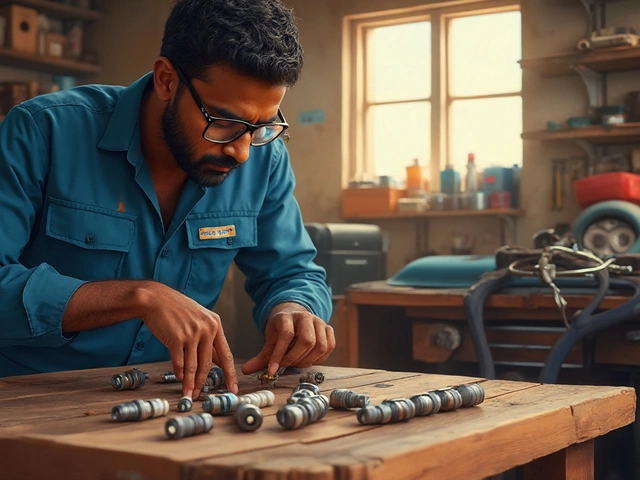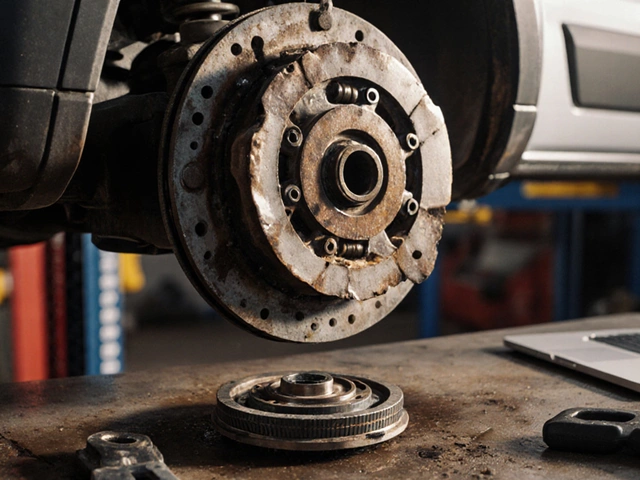
Suspension System: What It Does, How It Fails, and What to Do Next
When you drive over a bump and your car feels like it’s bouncing off the road, that’s your suspension system, the network of springs, shocks, and linkages that keeps your tires in contact with the road and your body steady. Also known as vehicle suspension, it’s not just about comfort—it’s the reason your brakes work, your tires last, and you don’t fly off the road when you hit a pothole.
Without a healthy suspension, your car becomes unpredictable. Worn shocks don’t just make the ride rough—they let your tires lose grip during braking, increasing stopping distances by up to 20%. That’s the difference between stopping in time and hitting a child crossing the street. And those strange clunks or rattles you hear? They’re not just annoying—they’re signs of broken control arms, worn bushings, or failing struts. These aren’t minor issues. A single failed component can lead to total loss of steering control.
The worn shocks, the dampers that absorb road impact and control spring movement are often the first to go. Most last 50,000 to 100,000 miles, but if you drive on rough roads or carry heavy loads, they wear out faster. Then there’s the suspension noise, the telltale clunking, squeaking, or groaning that signals loose or damaged parts. It’s not just a noise—it’s a warning. A squeak could mean a dry ball joint. A clunk could mean a broken mount. And if you hear a rhythmic thumping over bumps, that’s often a failed shock absorber. These sounds are your car’s way of screaming for help.
You don’t need to be a mechanic to spot trouble. Try the bounce test: push down hard on one corner of your car and let go. If it bounces more than once, your shocks are shot. Look for oil leaks around the shocks—any fluid means they’re failing. Check your tires: if you see cupping (uneven patches of wear), that’s a classic sign of suspension failure. And if your car pulls to one side or feels loose when steering, that’s not alignment—it’s worn suspension parts.
Fixing a suspension system isn’t cheap, but ignoring it is far more expensive. Replacing one shock can cost between ₹8,000 and ₹15,000 depending on your car. But if you wait, you’ll end up replacing tires, brake rotors, and maybe even steering components—all because you ignored the warning signs. This isn’t about luxury. It’s about safety. A broken suspension doesn’t just ruin your ride—it puts your life and others at risk.
Below, you’ll find real-world guides that show you exactly how to spot a failing suspension, what the noises mean, and when to act before it’s too late. No fluff. No theory. Just what you need to know to keep your car safe and your wallet intact.
-
31 Mar

-
4 Mar

What Does a Bad Suspension System Sound Like?
A bad suspension system can transform your smooth drive into a bumpy ride, but what's scarier are the sounds that come with it. These noises aren't just annoying—they're often signs that something's not quite right. From clunks to squeaks, each sound can flag a different issue. This article dives into the types of noises and what they might mean for your car's health. Learning to recognize these can save you from bigger repair bills in the future.





